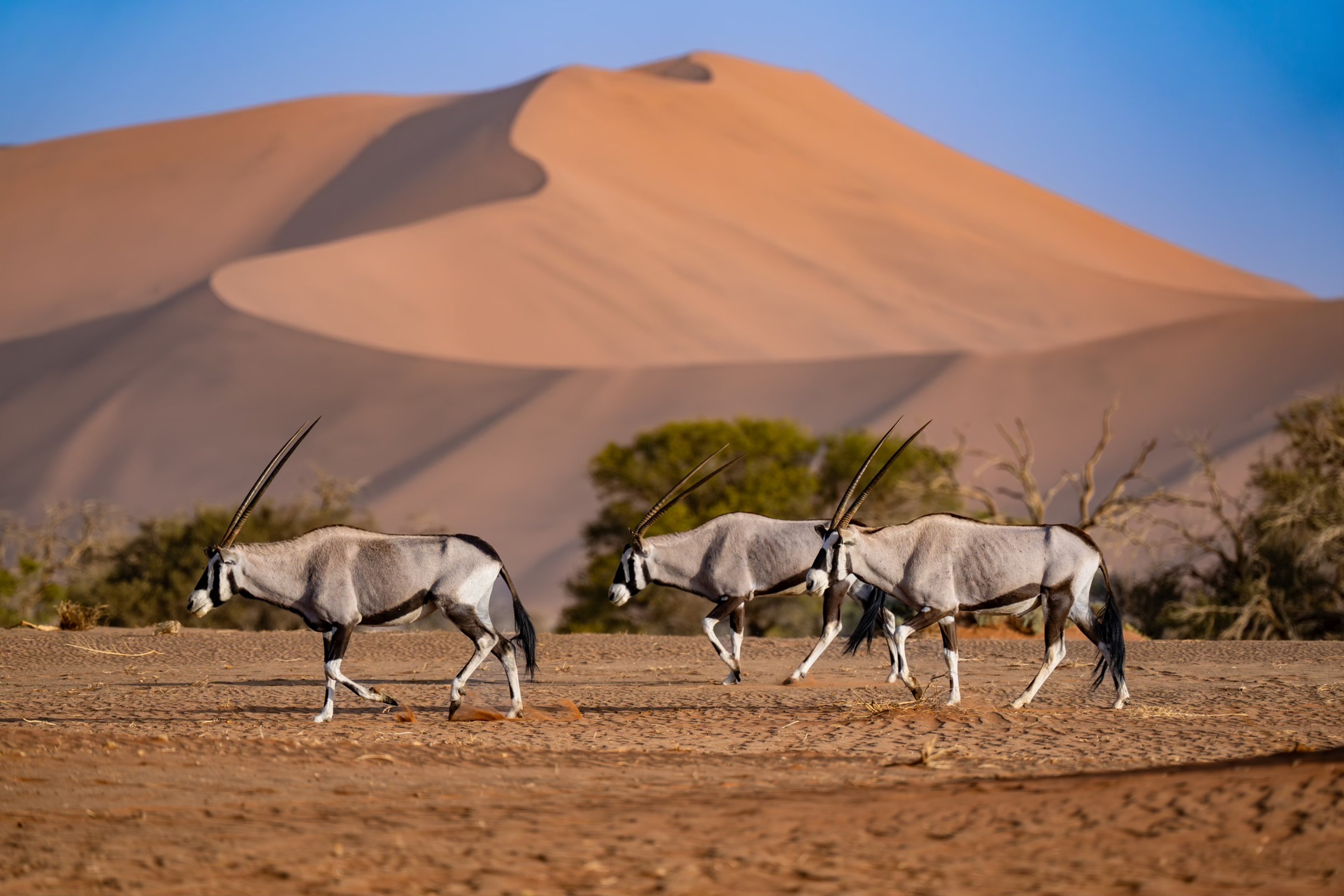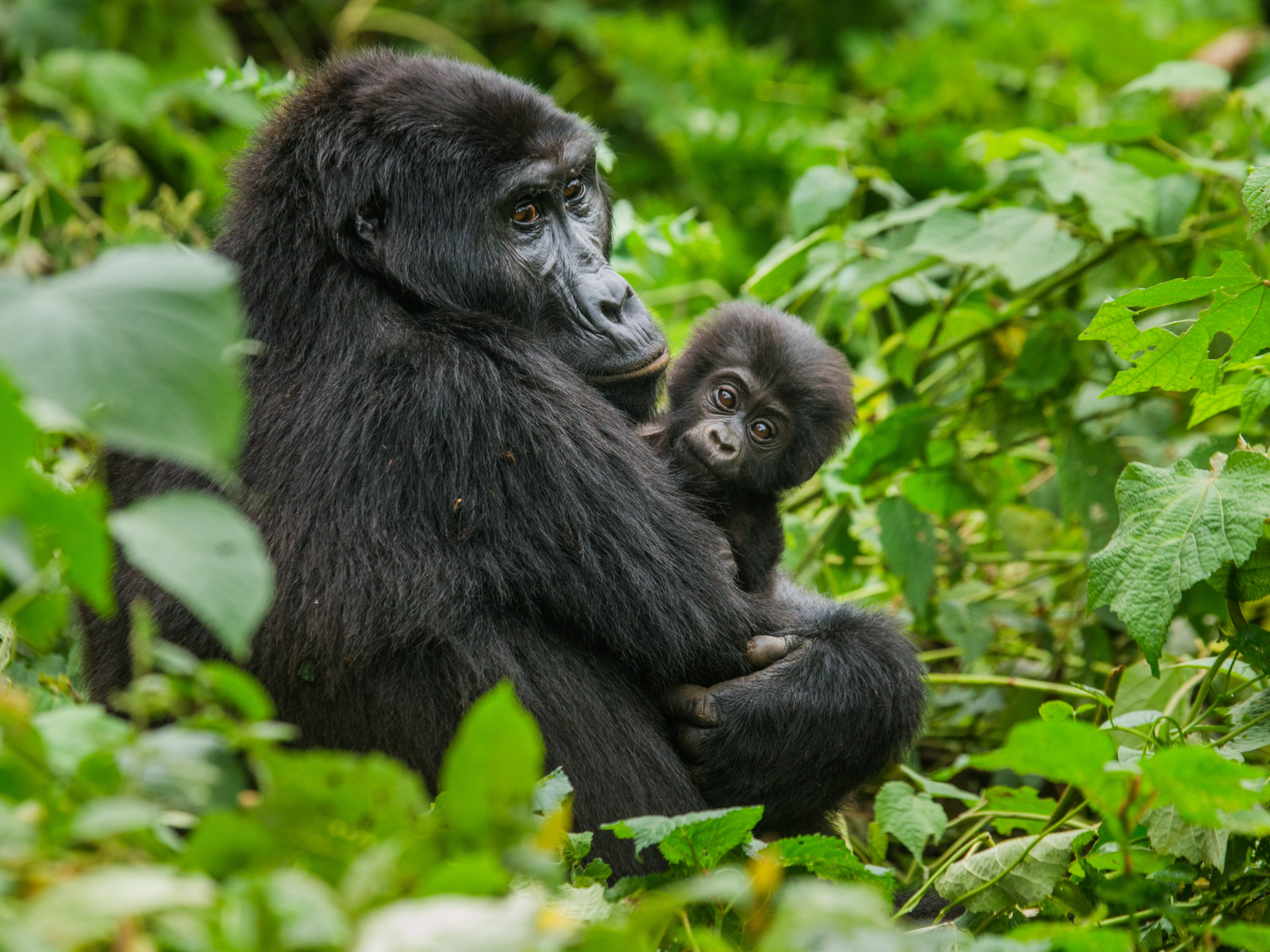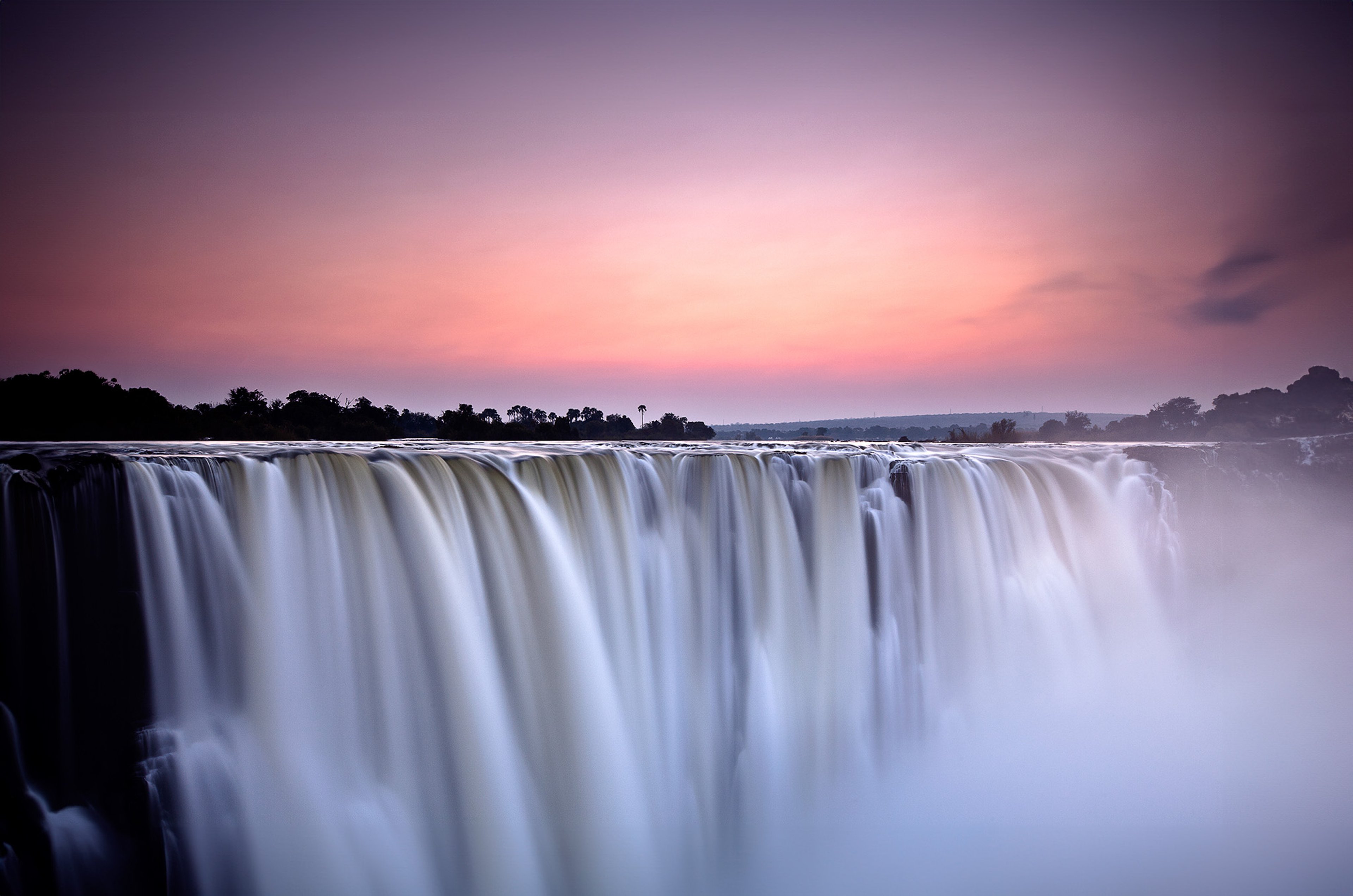“We cannot put into words how fantastic our first time in South Africa and Botswana was. ROAR AFRICA’s curation, access, seamless execution and handheld service led us to never have to worry about a thing, as well as the ROAR AFRICA guides and their entire Africa-based team that made this the most amazing and outstanding trip in our lives.”
Luxury African Safaris

Luxury safari travel to Africa that rewilds souls and enhances lives while saving wildlife and wild spaces.
ROAR AFRICA is a luxury African specialist that designs and delivers potentially life changing experiences, whilst creating a positive impact on the people, places, and wildlife we share. We create a safe and comfortable space for you to reconnect with yourself and your loved ones. Through the simple and powerful act of traveling with us, you will return home a different person, knowing that you have helped support and sustain the fragile communities and extraordinary wild spaces that feed the soul.
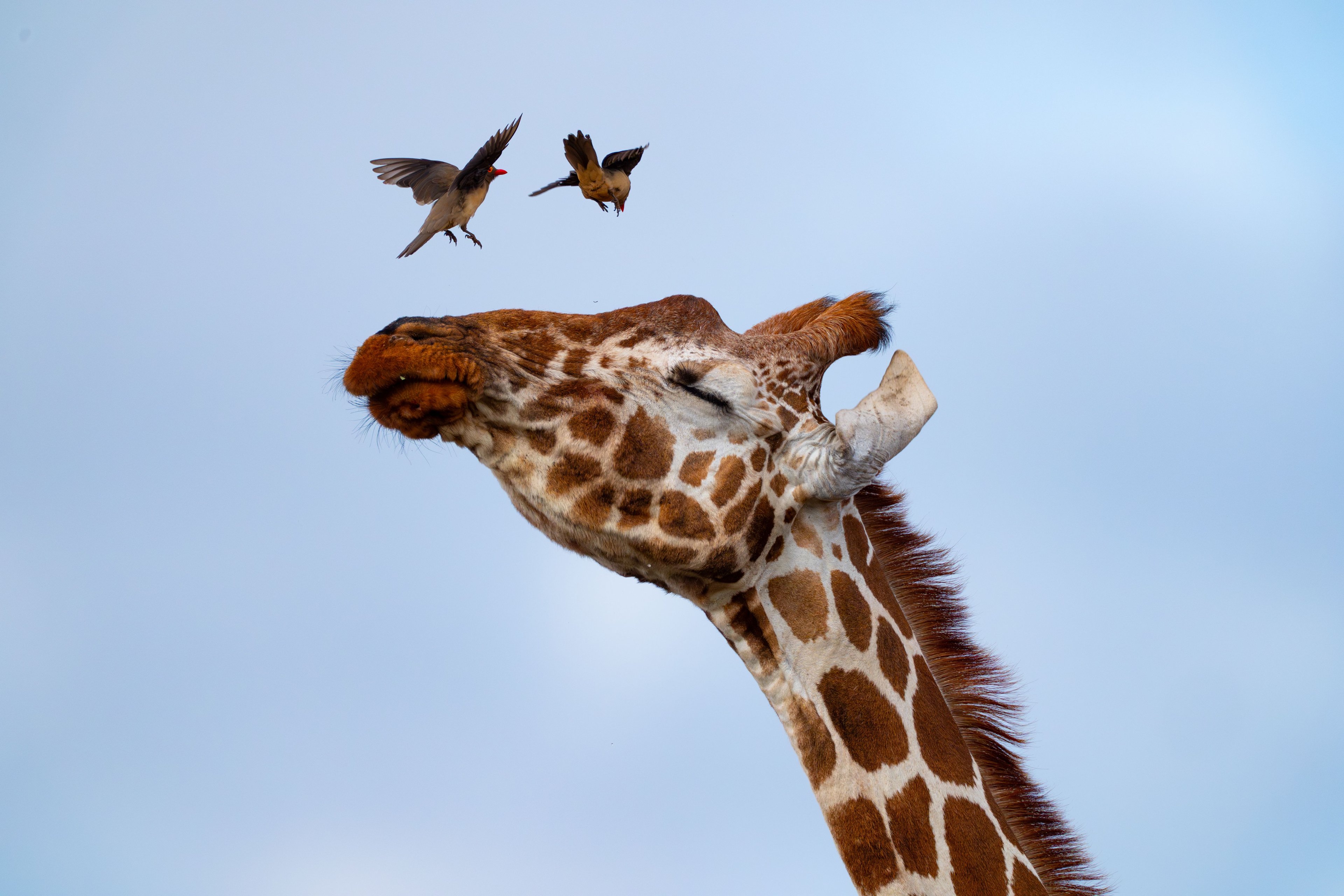
“We almost feel it was a dream.”

“Most incredible trip ever!”
“The Hilfiger family trip to Zimbabwe was the absolute best most incredible trip our family has ever experienced! The service, the guides, the amount of animals we saw was amazing! Your organization of it was flawless. We thank Deborah Calmeyer and team for making everything seamless!!!”

“I am at a loss for words”
“I am at a loss for words trying to describe how incredible this past week has been. Every single day was filled with pure joy and memories to last a lifetime. I’m confident even little Dean will remember his time by the pool watching “Suzy the Crocodile” splash about.”
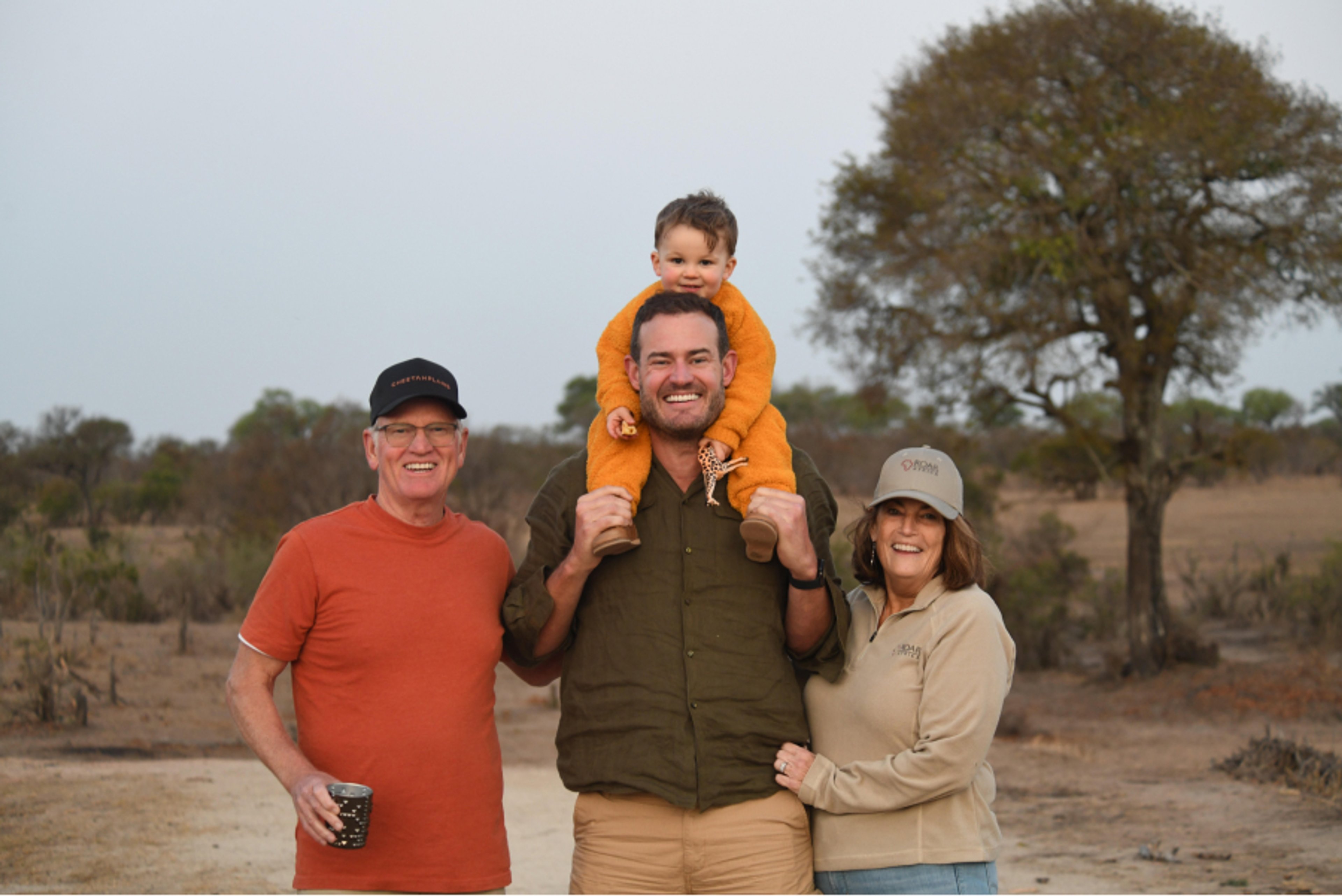
“You created a journey that opened the door for me to find my way back to myself”
“I have said it before but it must be repeated: you created a journey that opened the door for me to find my way back to myself. I will never forget the impact you have had in my journeys of rediscovery. Thank you, truly, for being such a force and operating at the highest level to be able to provide and provoke so much in a person”


Eleven generations can’t be wrong
Led by Zimbabwe-born CEO and founder Deborah Calmeyer, our ability to match clients to once-in-a-lifetime luxury safari experiences is made possible by our extensive insider knowledge and lifetimes spent on the ground.
Deborah's deep-rooted lineage goes back eleven generations to when her Huguenot ancestors first arrived on the shores of Cape Town in 1688. Africa is in her DNA. Her heritage allows for unparalleled access, incredible insights and the kind of knowledge only a local can have. She has built a team that echo her pride and craftmanship and who ultimately share a deeply human connection with Africa like no other.
“I encourage travelers to take the leap that many Americans typically do not give themselves permission to do; to rest and restore on an incredible journey on a higher level that only ROAR AFRICA knows how to provide, making them all the better upon their return to their renewed selves.”
“If African women rise, wildlife will thrive”
To share Africa's wild beauty and wonder with intrepid explorers is a privilege that comes with great responsibility. As a female-founded and led company, our commitment is to empower African women in tourism, ensuring they are given the wings to soar. Whilst we specialize in executing extraordinarily epic adventures across our home continent, our prime motivation is a breathless urgency to conserve uplift and protect the source of our greatest joy – the wild. These beliefs inform every itinerary we create.

By traveling with us, you will become a custodian of the wild, directly helping to solve some of our planet's most critical social, economic and environmental problems.

We have long been committed to conservation, humanitarian work, economic education and development in Africa.

We choose to partner exclusively with people and properties that echo our values.
Embark on a deeply transformative experience
Embarking on a luxury African safari with us is a fusion of ultra-luxe comfort and adventure, delivered with meticulous precision.
Journey into the heart of untamed African landscapes with on-the-ground safari travel experts and experience our Africa.



Our vision, “If African women rise, wildlife will thrive,” is threaded into every trip by an 85% female team infused with sensitivity and natural nurture.
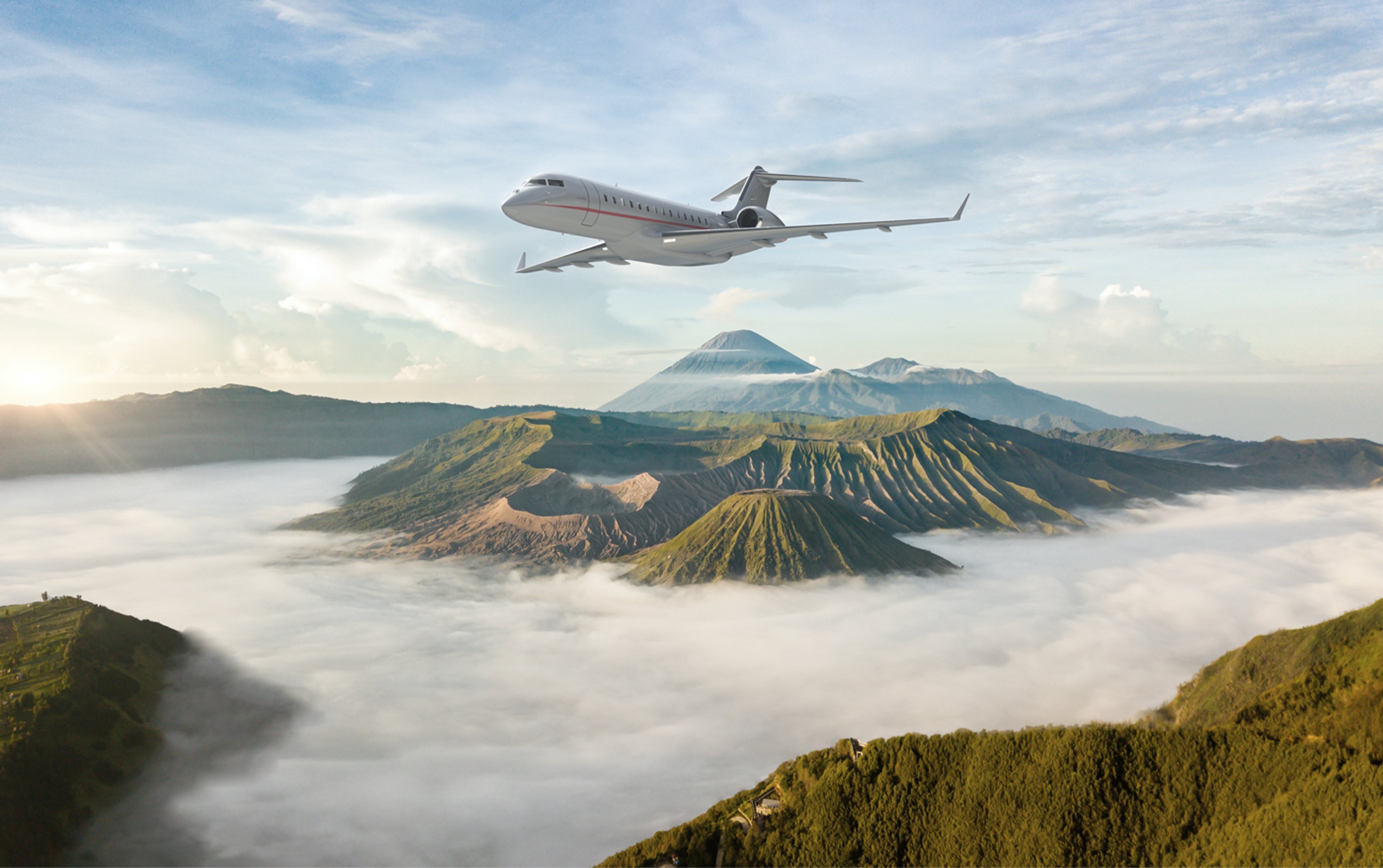
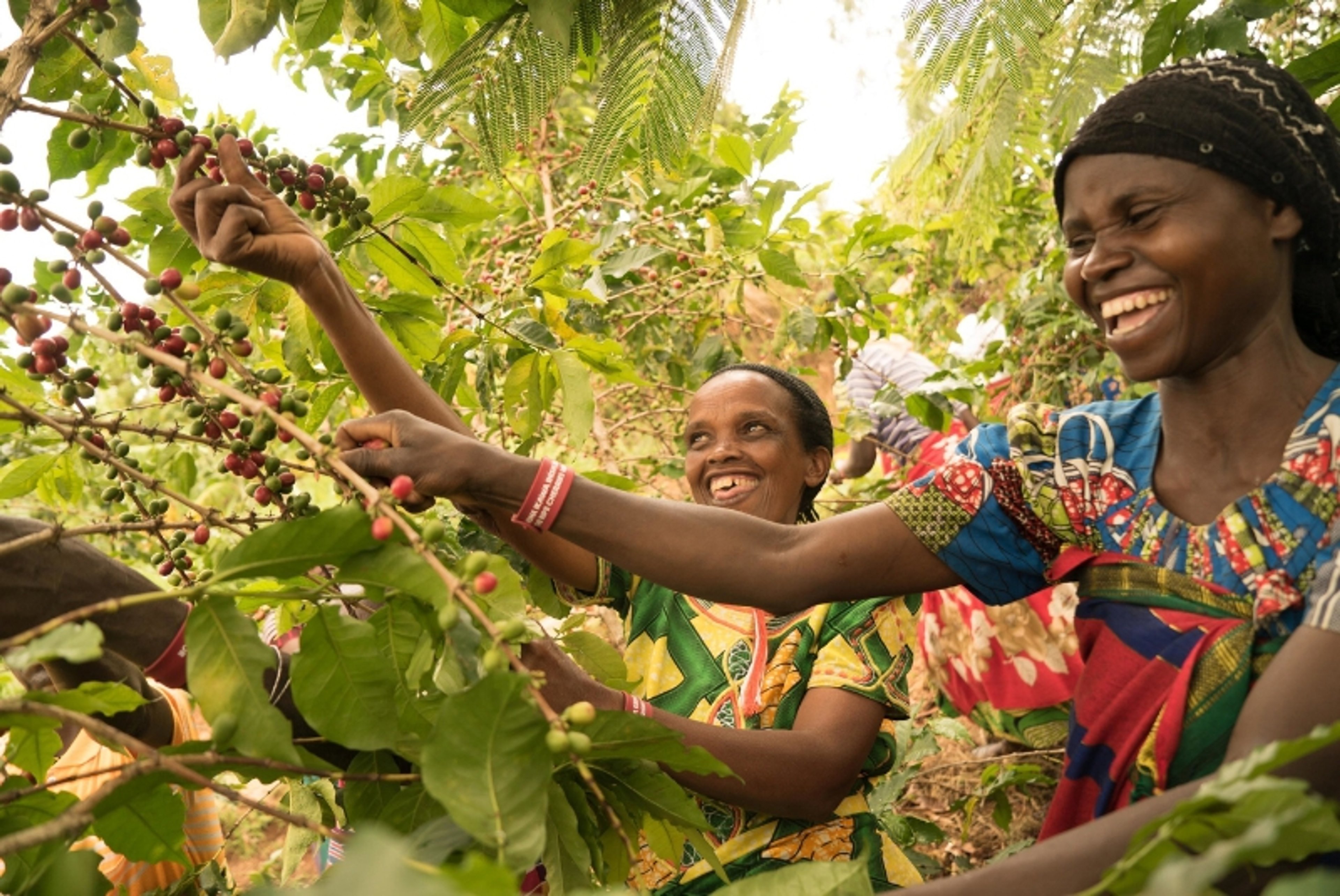
Haute Voyage
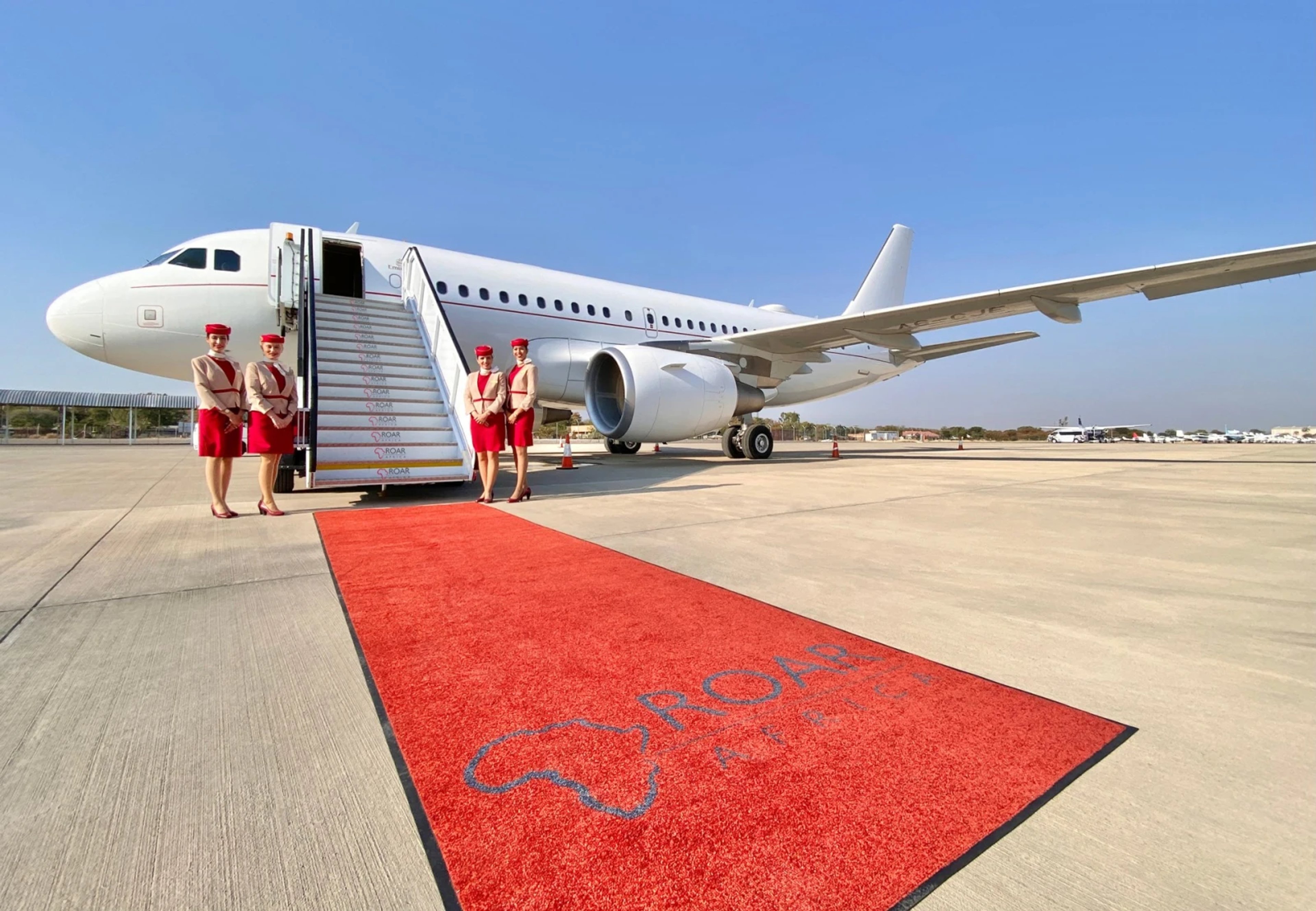
The Greatest Safari on Earth
This epic journey explores four of Africa’s iconic wildlife destinations - Zimbabwe, Botswana, Kenya and Rwanda - across 12 days in unbridled luxury aboard the Emirates Executive Private Jet. Led by our hand-picked guides, there is no trip in the world like this one!

Women's Empowerment Retreat
Forge deep connections with the female powerhouses at the forefront of women’s empowerment, education and entrepreneurship on ROAR AFRICA’s Women’s Empowerment Retreats. In 2027, we will journey to Tanzania and the exclusive Grumeti Reserve for our sixth retreat, led by Founder & CEO, Deborah Calmeyer.

Birdies, Barrels, Bugattis & Breeders
A masterful journey of truly exceptional experiences, offered only through our deep-rooted partnerships and personal friendships, that explores the best in wine, classic cars, golf and championship horses in South Africa.

Return to the Wild with David Whyte
This immersive safari retreat, co-hosted by ROAR AFRICA Founder and CEO Deborah Calmeyer and world-renowned philosopher and zoologist David Whyte returns you to Africa’s sacred, wild landscapes. The extraordinary journey is imbued with wildlife, wellbeing and the wisdom of a poet with the unique ability to translate the wonder of the wild into words.
Luxury African Safari Destinations
Our philosophy is simple: we only promote luxury safari destinations that we know and love, where our guests can be assured of a seamless experience in the wildest of terrains.
Discover what the world is saying
Discover what the world is saying about ROAR AFRICA in our press section, from glowing reviews to distinguished features in premier publications.


















